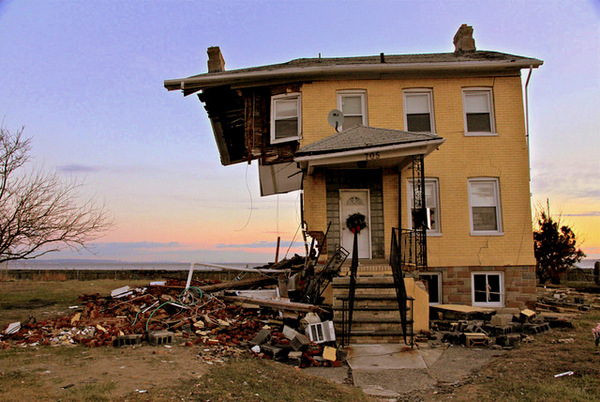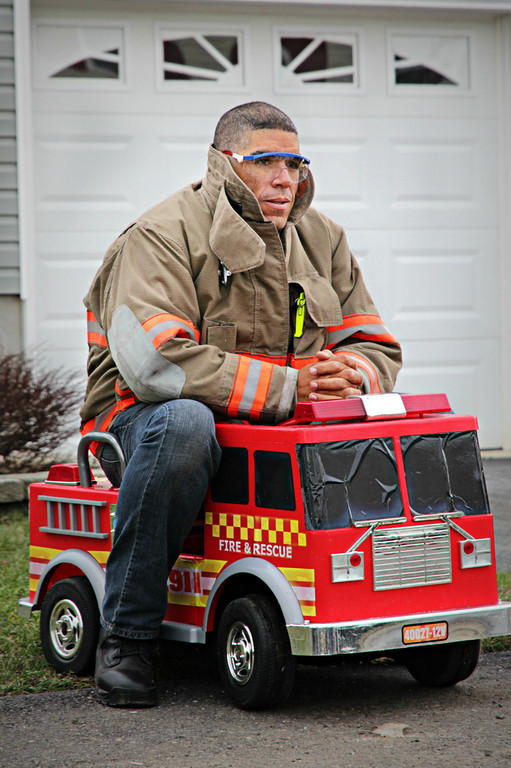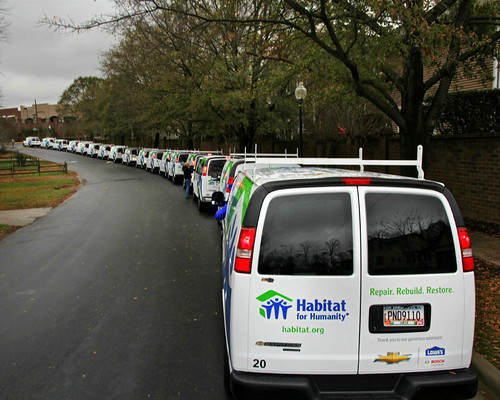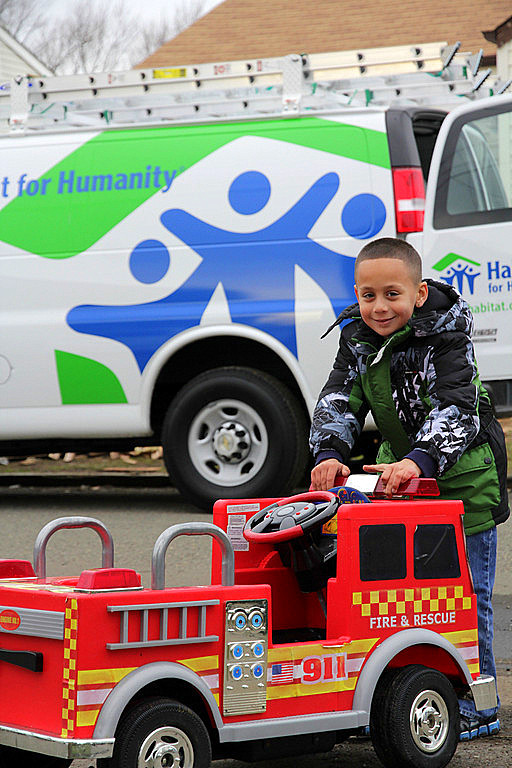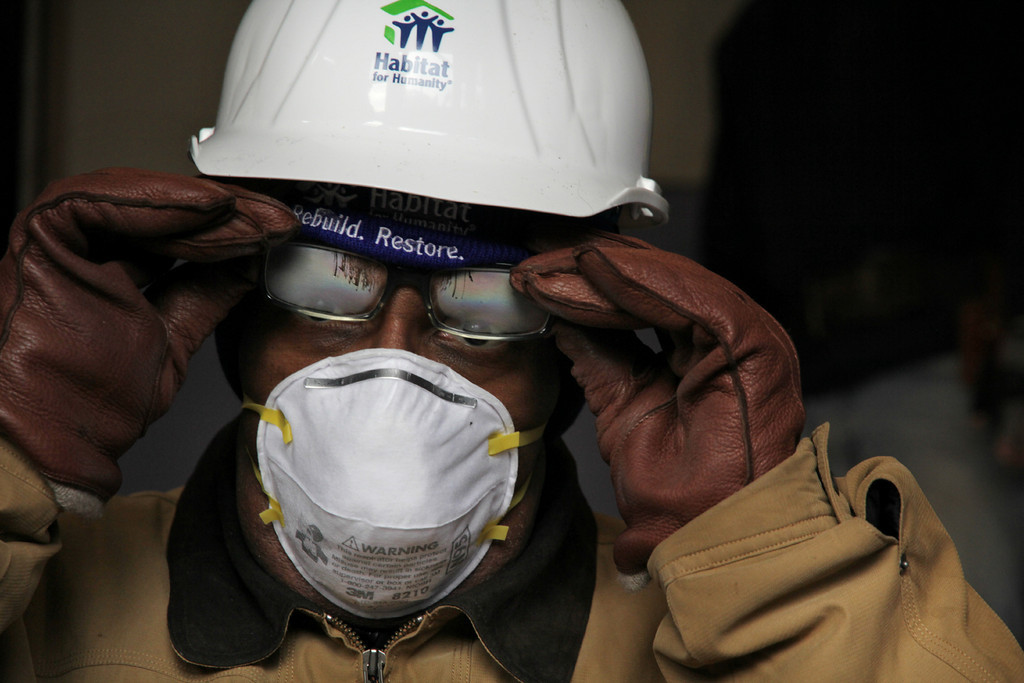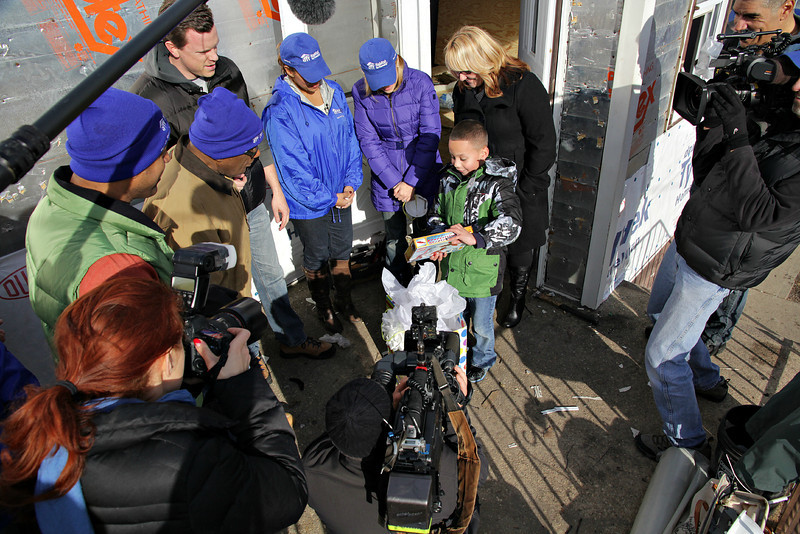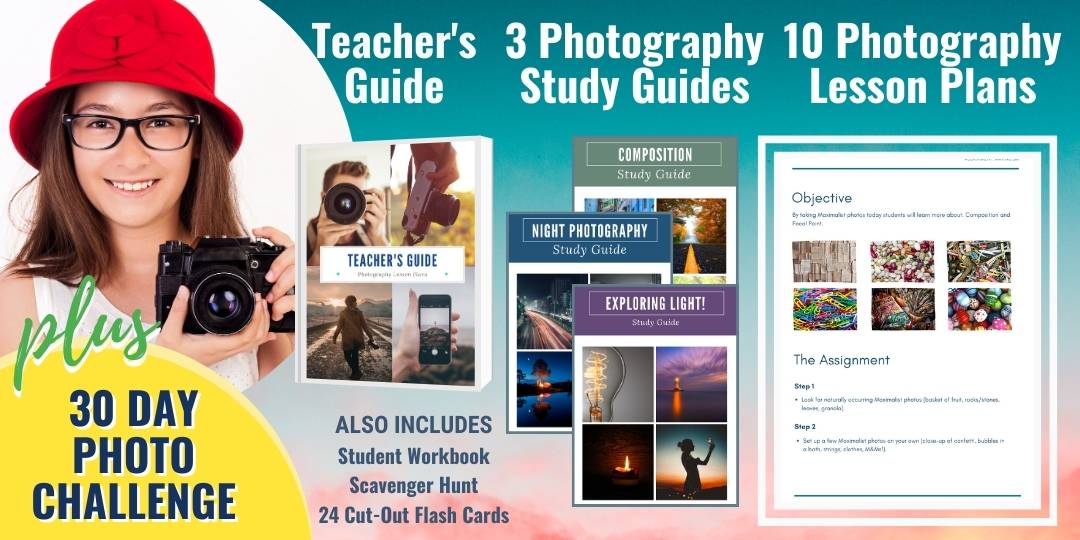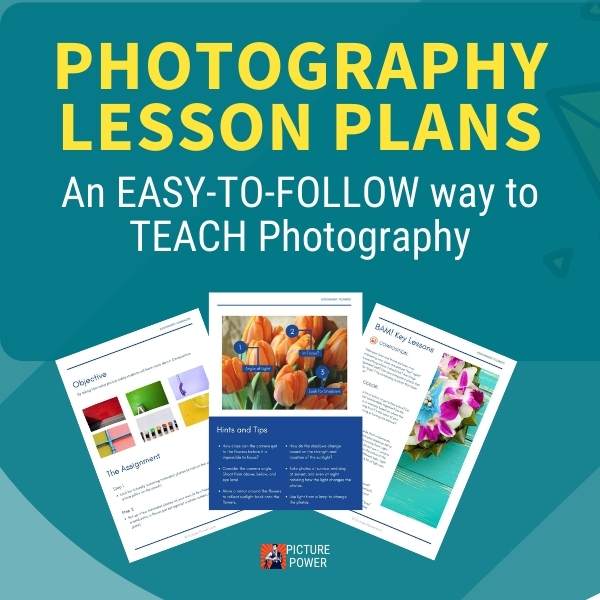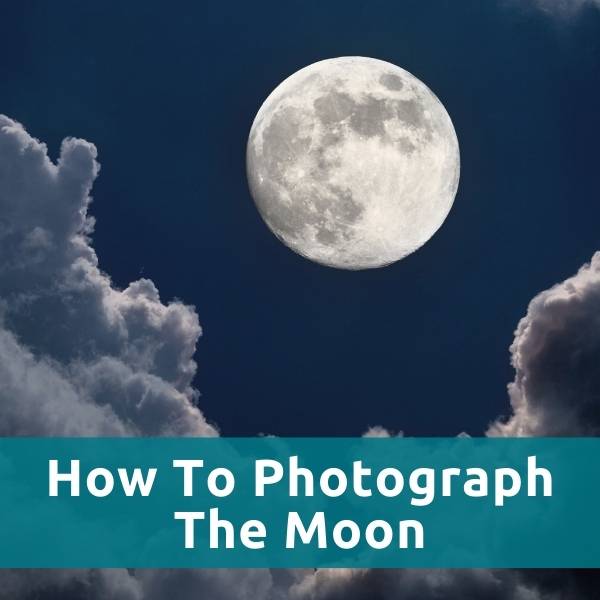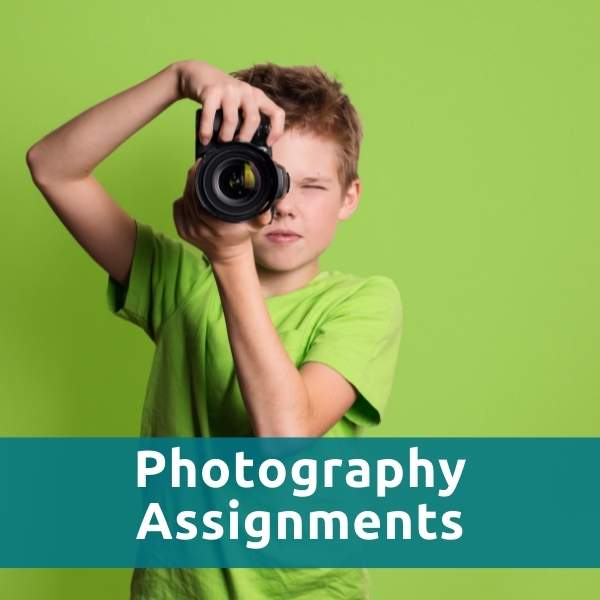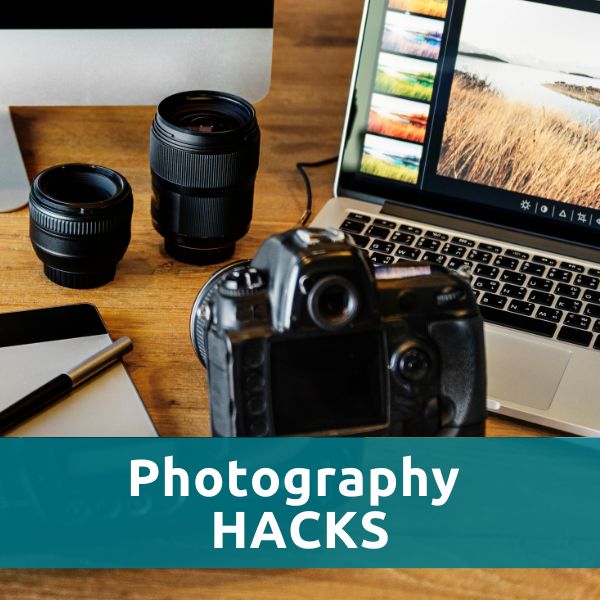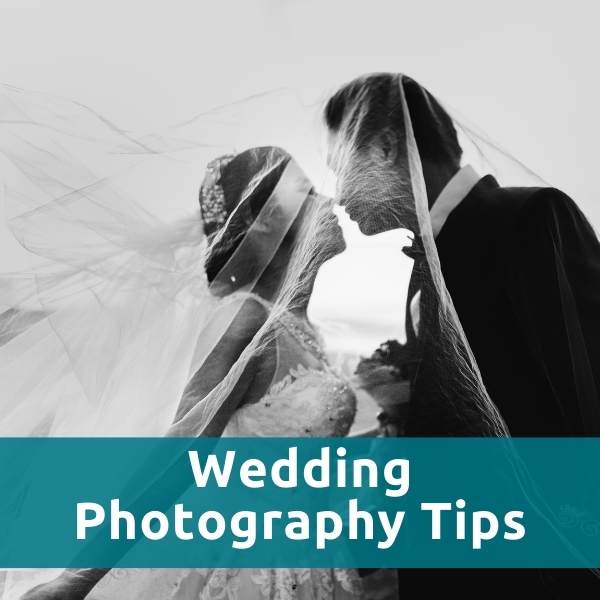How To Tell A Story With Photography
Building A Photo Essay
By Scott Umstattd
How To Tell A Story With Photography: Documentary photography, photojournalism, fine art photography, travel photography, sports photography, event photography: pretty much all forms of photography lend themselves to storytelling.
I know. A picture is worth a thousand words, right? Maybe. I’ve never counted or conducted any studies to determine the actual word value associated with a picture. I’m sure that some pictures are worth more than a thousand words while others may only be worth a few at best.
It doesn’t matter. The point is that pictures are substitutes for words.
Here are some tips that will show you how to tell a story with photography and help you plan, structure and execute your photo essays.
Preparing A Story
Use Fewer Pictures Than You Think You Need
Selecting the best pictures is, for me at least, the most time consuming and tedious part of the job. But it is the most critical. Keep your essay short and on point. This will likely mean that some very good pictures don’t make the final cut.
Planning Ahead
You can keep your selective editing under control by planning ahead. Have shots in mind that you want to get and be prepared to settle for those pictures that are most like the pictures you dreamed of getting.
Avoid taking superfluous pictures as this can bog you down when selecting the best pictures for your essay. How many pictures do you need of that squirrel eating a nut if your story is about birds?
Reacting To Or Finding A Story
Of course, not everything can be planned. Let’s say you come across a story of people building a house. And it’s a story you want to share with others. As you move around the work site, ask yourself if your pictures are answering the simple questions of who, what, when, where, why and how. Your viewers will need to understand the context of your pictures, who or what your subject is about and the reasons for their actions.
Story Structure
Cover Shot
When taking your pictures or when selecting your pictures in post processing find one picture that serves as a cover shot for to your photo essay.
This is likely your most powerful image; the one image that will draw viewers into your story.
A good cover photo will have excellent composition, drama/action and it will be the one picture that best piques viewers interest. This is your money shot.
Establishing Shot
You need a picture that sets the stage. A picture that lets your viewers know where the story is taking place. This shot establishes the story.
It can be a wide angle shot of a classroom, if your story is about education or a particular classroom in a school.
Your establishing shot can be a telephoto shot from a mile away to show the downtown urban skyline of the city where your story takes place.
The establishing shot is less about details and more about the big picture.
Detail Shot
Get a close up shot of something that will bring the viewer into the story. This can be a picture of a student’s hand as he writes out a classroom assignment.
It can be a close up of a hammer hitting a nail or wood chips flying off a saw. You want to bring your viewer in tight and offer them a view that they have likely never seen before. With detail shots, you want your viewers to smell the picture.
Slice Of Life Shot
To help add texture to your story, a picture that shows an everyday aspect of your story will help your viewers gain empathy.
This can be a picture of a student at the chalkboard. Or, it could be a picture of people taking a break or simply talking to one another. This is also a great time to show your subjects in an out-of-context moment.
Every picture in a photo essay is important. The “filler” picture that you use is not one to take lightly. Don’t just throw any picture in and think that you have “filled” that slot. This may be the picture that people most relate to in the end. Here, you add some flavor to your storytelling.
Final Shot
This is a picture that gives your viewers a chance to step back and appreciate the previous pictures.
Your final shot will build from your other shots (or at least work with them).
You may find as you structure your photo essay, that it is easier to start with your final shot and work toward a cover shot.
Sometimes knowing how the story ends will help you determine how it should begin.
Your final shot will leave your viewer with room to add up the pieces from the other pictures and fully comprehend the meaning behind your story.
Executing Your Story
Themes
As you develop your story look for themes in your photo essay.
By using themes (or patterns) in your story you are adding an extra element of interest to the entirety of your photo essay. Patterns, lines, objects, colors, shadows, movement, water, the sun, the moon, car headlights - all of these things can be used in each picture if they help to tie the story together.
Equally, you can intentionally not picture elements. Can you tell the story of your cat or dog without showing us their picture? By not showing the obvious, you can let your viewers’ imaginations fill the some of the details.
Eyes Wide, Medium and Tight
As a practical matter, be sure you take pictures at wide, tight and medium focal lengths. A wide angle lens certainly helps to capture the wide pictures. But don’t think like that. A telephoto positioned far enough away can set the stage too. And a wide angle lens used close up can be used to show details.
Don’t take all of your pictures from the same distance and the same focal length. Unless, of course, that is one of your themes.
If you are using a lens that will not zoom then you must move far enough away from the action to give us the big picture. You must also walk in closely to get the details. Not having a zoom is not an excuse for not having wide, tight and medium pictures.
Take a variety of pictures from the vertical position too.
Timing
Your photo essay may be of an event that happened over the course of a few hours or it may span a few years. Or, it may span a lifetime. If you are taking pictures for a story that goes beyond one photo shoot, be consistent and intentional with your pictures.
Try to place the camera in the exact same spot if you are telling the story of seasons changing through the changing color of leaves on a tree.
Place subjects in the same position or doing the same activity as you shoot over time. This circles back to planning. Your approach to the story will inevitably affect the story itself.
Final Thoughts
Photo essays and photo stories are a way to get a point across quickly and easily and it’s also a way to show off your photography skills. Pulling off a strong photo essay does not involve luck.
Whether you are going in with intention or reacting as the story unfolds in front of you, nailing a number of pictures that quickly and easily allow your viewer to “get it” puts you in another league when compared to the photographers that shoot everything and show you everything.
The most challenging part of a photo essay, for me, is letting go of a picture that I know is awesome but doesn’t move the story forward or isn’t critical or is just another picture of the same thing - but still awesome.
There is a line between telling a good story and simply showing people your best pictures.
Telling a story with your photography is an art. It is writing. It is creative. It is composition and technique. And it is knowing when to say when.
These pictures of Habitat for Humanity are part of a series I shot for Habitat as they worked to rebuild homes after Hurricane Sandy in 2012. You can see more photos in another article about Habitat's work to rebuild lives after Hurricane Sandy.
